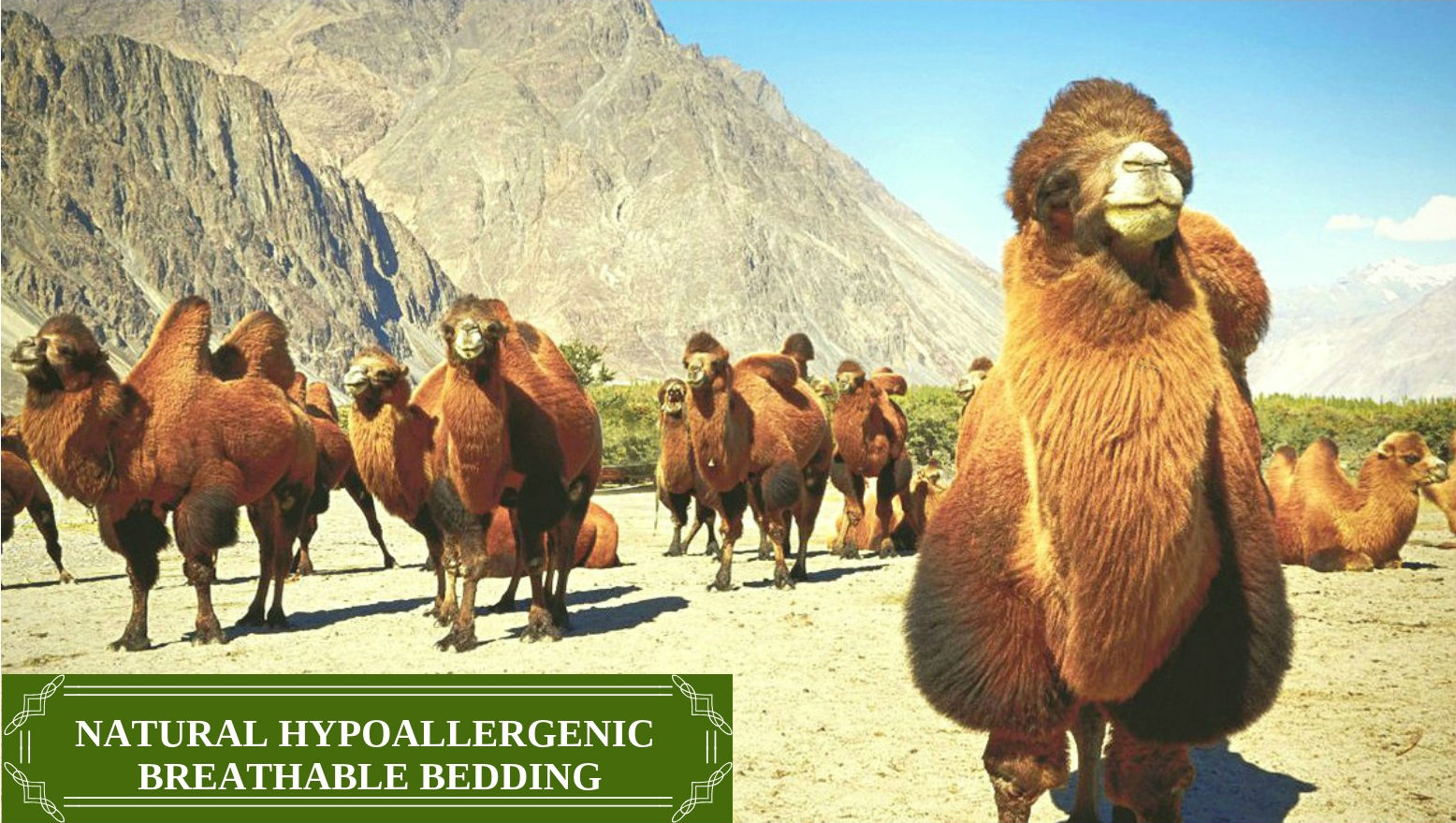
We’re closing our company. Everything marked down!
Organic Bedding Essentials
-
Sale!
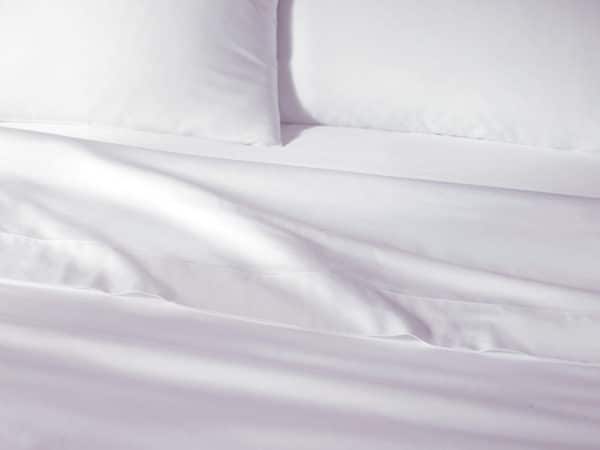
Organic Cotton Flat Bed Sheets
Price range: $23.80 through $35.00 Select options This product has multiple variants. The options may be chosen on the product page -
Sale!
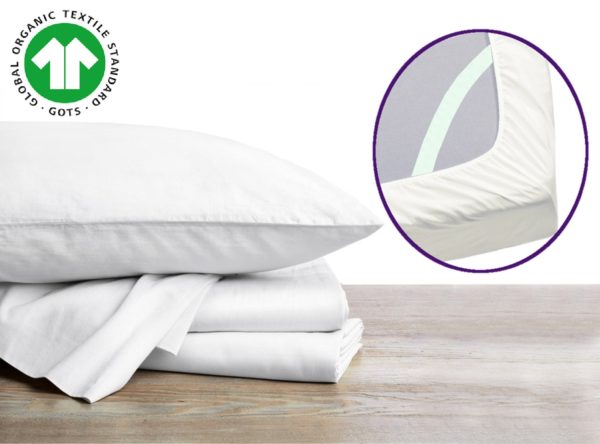
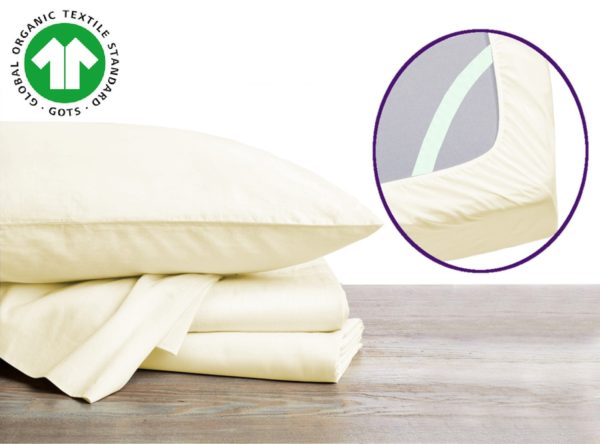
Organic Cotton Sheet Sets with Corner Straps
Price range: $45.60 through $79.05 Select options This product has multiple variants. The options may be chosen on the product page -
Sale!
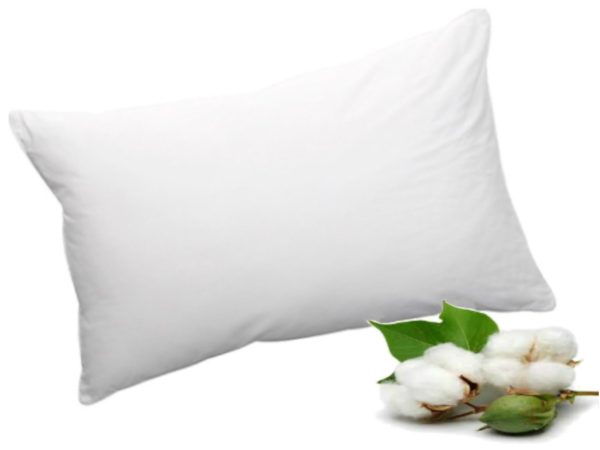
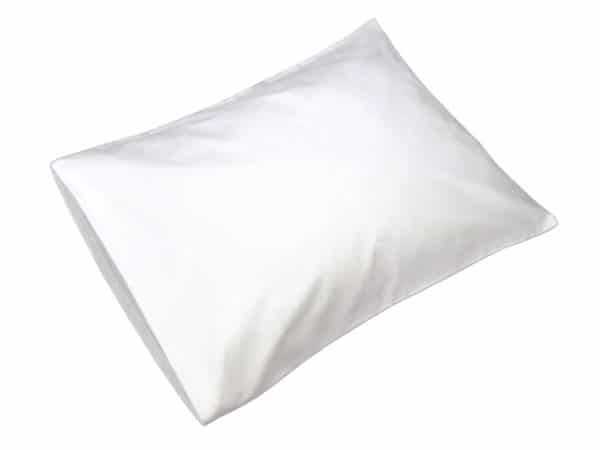
Organic Cotton Pillowcases
Price range: $4.20 through $8.20 Select options This product has multiple variants. The options may be chosen on the product page -
Sale!
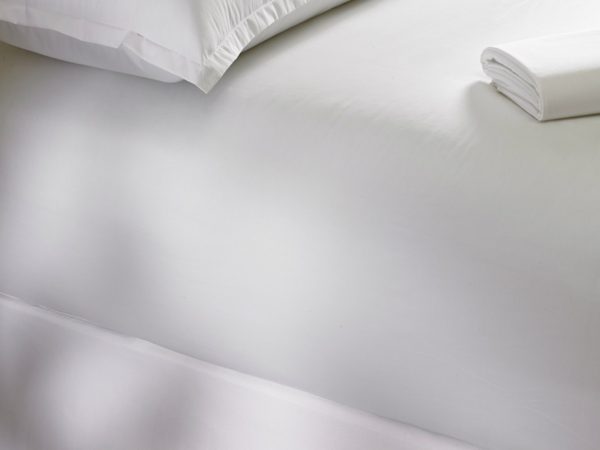
Organic Cotton Fitted Bed Sheets with Corner Straps
Price range: $25.90 through $41.00 Select options This product has multiple variants. The options may be chosen on the product page
Camel Wool Comforters
-
Sale!
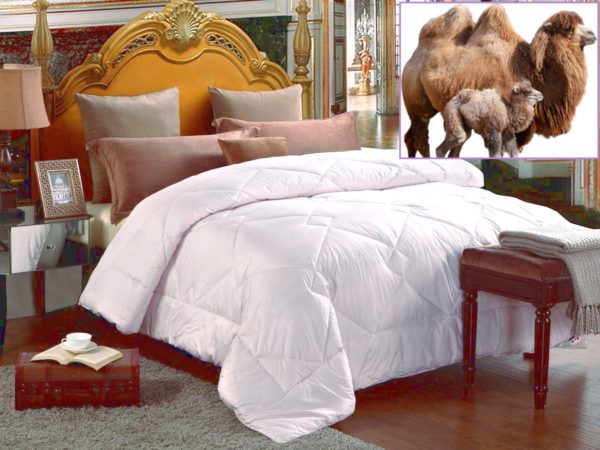
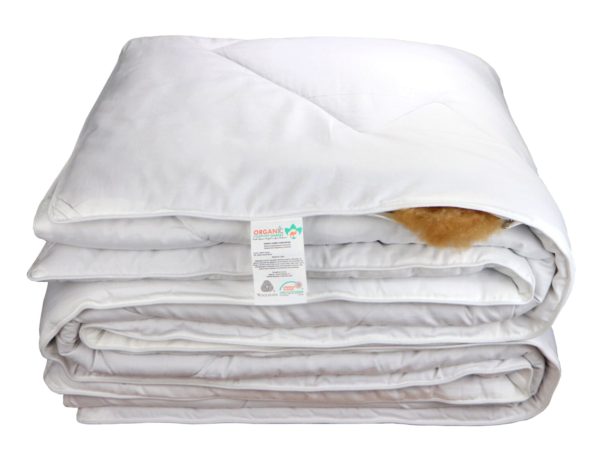
All Season Camel Wool Comforters, 400gsm
Price range: $135.00 through $165.00 Select options This product has multiple variants. The options may be chosen on the product page
Kids Collection
-
Sale!
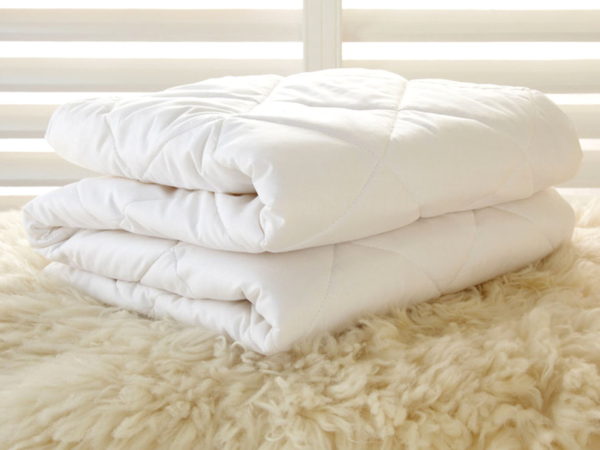
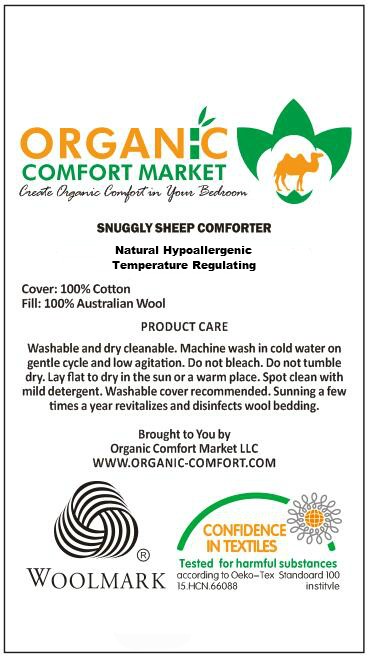
Crib Wool Comforter
Original price was: $88.00.$70.00Current price is: $70.00. Read more -
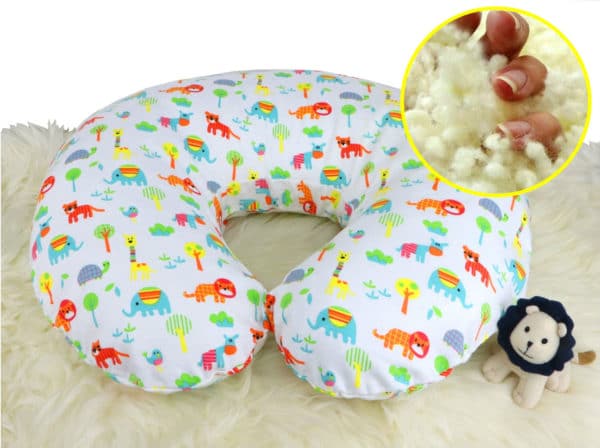
Supplies for Boppy Pillow, DIY Pillow (Stuffing not Included)
$10.00 Select options This product has multiple variants. The options may be chosen on the product page -
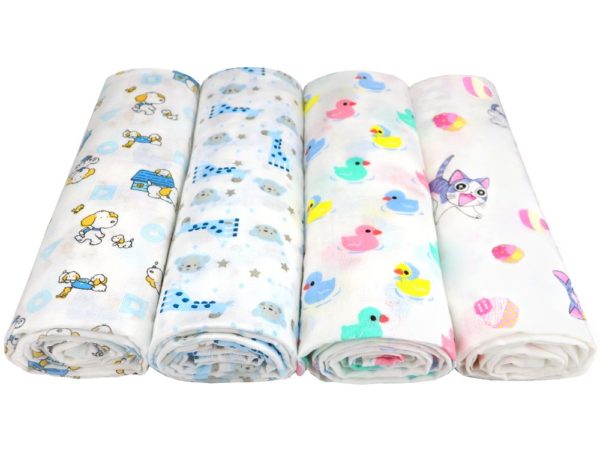
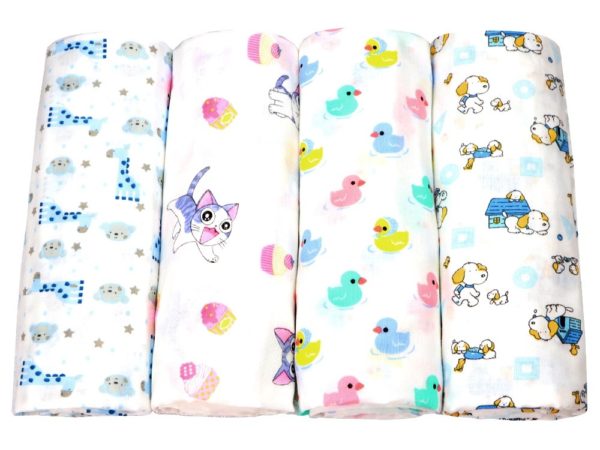
Baby muslin swaddle blankets. Large, 49″x49″
$8.15 Select options This product has multiple variants. The options may be chosen on the product page -
Sale!
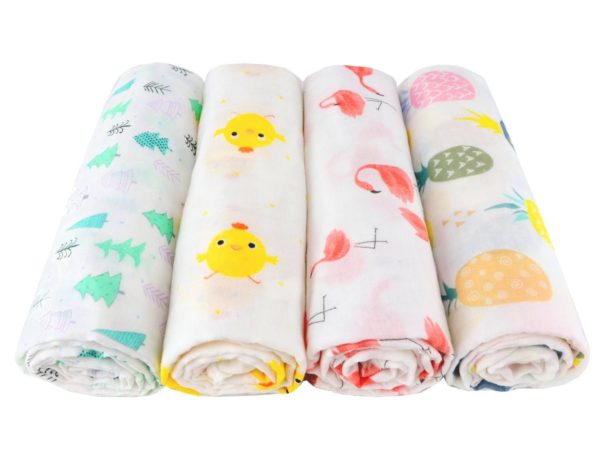
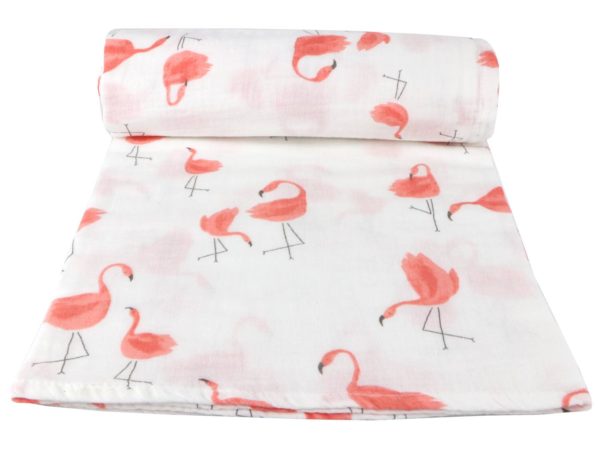
Baby muslin swaddle blankets, 45″x45″
Original price was: $6.99.$5.99Current price is: $5.99. Select options This product has multiple variants. The options may be chosen on the product page
Sale of Mattress Protectors
-
Sale!
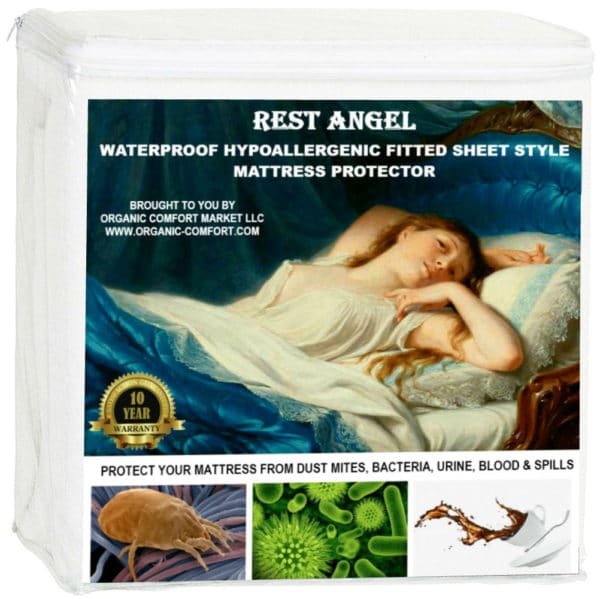
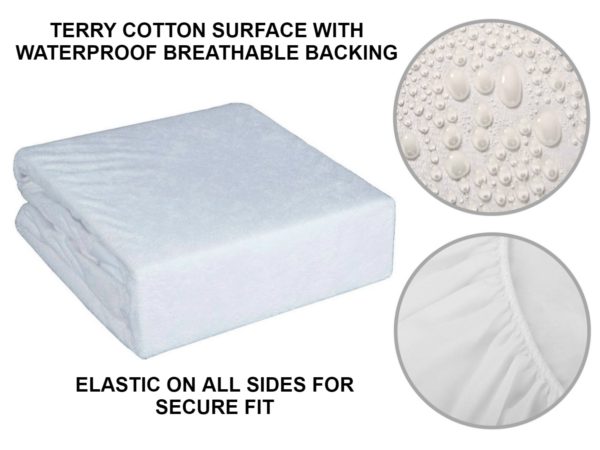
Waterproof Mattress Protectors
Price range: $21.90 through $23.49 Select options This product has multiple variants. The options may be chosen on the product page -
Sale!
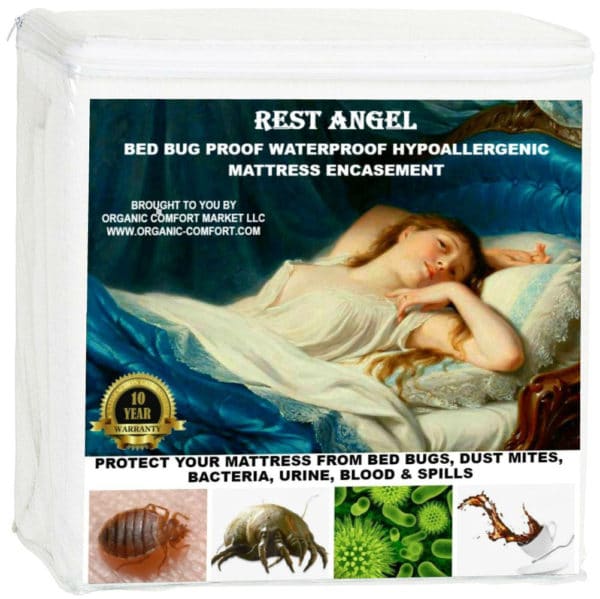
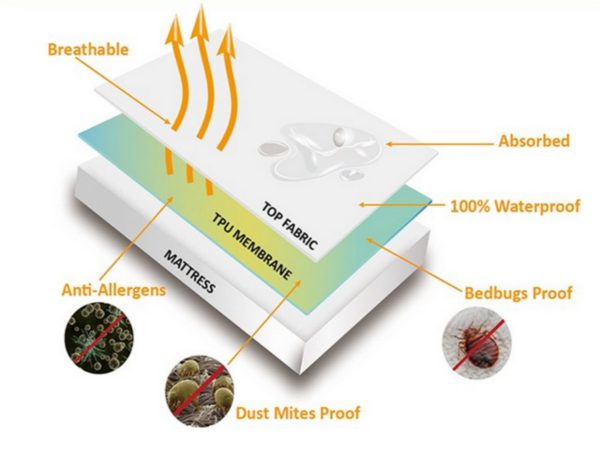
Bed Bug Proof Waterproof Zippered Mattress Encasements
Price range: $22.50 through $23.90 Select options This product has multiple variants. The options may be chosen on the product page
Benefits of Wool Bedding in Customers’ Own Words
Wool Does Not Harbor Dust Mites that Cause Allergies
“I wake up with less allergies.”
“I used to wake up with watery eyes (I had blamed the cat) but since switching from down to this wool comforter and some wool pillows I no longer have that problem.”
“I got this out of desperation, my down comforter was making me sneeze nightly. I checked out wool comforters because I knew they couldn’t harbor dust mites-which is what I thought may be causing my sneezing. Our experience with this comforter and bedding combinations: I ordered this and we slept with it the first night. No more sneezing.”
Wool Bedding is Suitable to Partners with Different Temperature Preferences
“I’m usually freezing in bed and my husband usually kicks off all the covers by morning, but we both are wrapped up in this still when we wake up.”
“I sleep hot, and my girlfriend sleeps cold, so there was always a constant battle over how many blankets to put on the bed. I knew that wool has better insulation and ‘breathability’ qualities when compared to polyester.”
“My girlfriend stays warm, and I stay comfortable without sweating.”
“Hubby usually runs super hot and I’m always cold and this [wool] comforter is just right for the both of us.”
Wool Bedding Provides Great Insulation and Reduces Utility Bills
“Living in Minnesota and trying to save on electric bills (we keep the house at 60 during the night), having a warm comforter is a must in the winter.”
Fast Warming Effect
“I instantly warm up once I’m under it, there is no initial chill that happens before the down comforter begins to trap body heat.”
Wool Thermoregulates helping Your Body Maintain Stable Temperature Irrespective of Ambient Room Temperature
“I have used a down comforter for years and half of the time wake up in a pool of sweat. I enjoy the feel of a heavy comforter ant it’s not too warm.
“[I]t really does help regulate body temperature, which is particularly helpful since I sleep on a foam mattress. I no longer wake up in a sweat like I did with the down comforter.”
“The natural wool is so good at temperature regulation, I have been able to get rid of all my blankets and sheets and just use this duvet over my fitted sheet. I thought I would be cold in the winter & hot in the summer, but that has not been the case. And making the bed in the morning has never been easier!”
“You just seem to settle into a temperature equilibrium rather than swing back and forth between hot and cold. I can’t see going back to down after using this for months.”
“I stay warmer without getting hot.”
“Our biggest concern was that the wool would be too warm for summer use, but we’ve had this [wool mattress topper] on our bed all spring and summer and we don’t find it warmer at all.”
Wool Filler Does Not Shed Like Goose Down
“No feather spillage.” “No feathers poking through.” “You don’t have the feathers and dust all over.”
“The wool is a lot more uniform than down and more stable within the comforter, it is breathable – you get really warm but you don’t sweat.”
Wool Filler Does Not Shift & Does Not Form Cold Spots Like Goose Down Does
“No cold spots” “I have always used down or down alternative, but decided to try wool and I think I am hooked. We live in HI where it does get cold (40’s in the winter) and this is just right. I love that I don’t have to deal with shifting stuffing.”
“You know how in down comforters, over time the feathers squish down and move to the corners? Not so with the wool one.”
Wool is Lightweight Yet Warm
“It might look lightweight, but don’t let that fool you. It keeps me warm and toasty at night without weighing me down. I can’t say enough about how happy I am with my new wool comforter!”
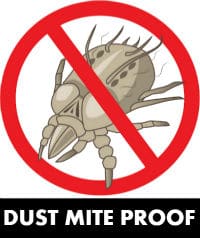
. . . . .
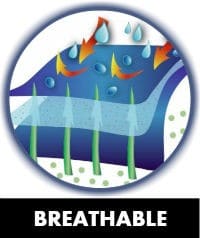
. . . . .

. . . . .
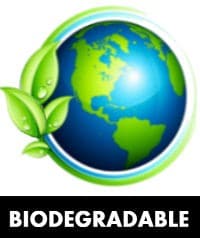
Prince Charles on Wool’s Benefits
During the UK’s cross border Campaign for Wool The Prince highlighted the many benefits wool has to offer and compared it to the man made fibers. Wool grows naturally, is naturally renewable fiber, very versatile, possesses natural elasticity, and it can be crafted into a wide range of beautiful products. Wool is also an excellent insulator that remains warm even when wet; hypoallergenic, safe thanks to its natural fire retardant properties, odor-resistant, and absorbent of both shocks and sound. Finally, at the end of its life wool entirely biodegrades and decomposes to a fertilizer.
The Prince, regarded as a keen environmentalist, drew the world’s attention to the compounding problem of synthetic fibers ending up in landfill. He personally tested the wool’s biodegradability by burying one sweater made from wool and another from synthetic fiber. This is what he later reported, “[I] personally buried two jerseys in a flower bed at Clearance House. Six months later, a ceremonious exhumation revealed an intact synthetic jersey, fit indeed to be washed and worn, while the woollen jersey had quietly and usefully biodegraded itself away to nothing.”
The Royal Highness also stressed that in the interest of family safety choosing wool reduces the everyday toxic risk of flammable synthetics made from petroleum products. Furthermore, buying wool helps support farmers around the world. Many of us cannot agree more with The Prince.
Camel Wool Products
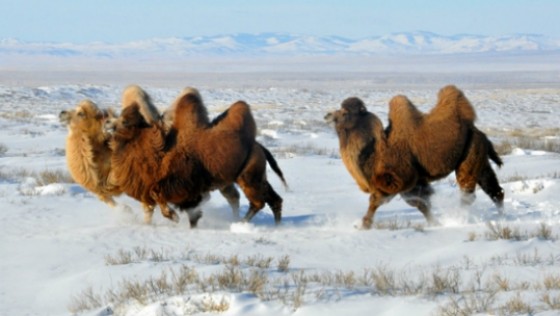
Camel wool (also called camel hair) is one of the most expensive kinds of wool and is generally considered superior to other types of wool. Camel wool is hard to obtain because camels are usually found in the wild whereas many other wool producing animals are raised in farms. Furthermore, an adult camel can produce only 10 to 20 lbs of wool annually.
Camel wool stabilizes camel’s body temperature. Wool’s thermostatic properties can insulate the animal from the extreme cold conditions in the desert at night and keep it cool from the heat in the day. The same qualities are transferred when producing camel wool filled comforters and camel wool pillows. Thermostatic properties of wool regulate temperature under all thermal conditions. Wool fiber makes human body feel warmer in cold temperatures and cooler in warm temperatures. Wool bedding is recommended for those who experience night sweats or hot flashes.
More importantly, wool is hypoallergenic, organic, an ideal solution for those who are allergic to polyester or other artificial fibers.
Camel wool is soft, fluffy and light. It is more durable and lighter than lambswool. The best camel wool is gathered from two-humped Bactrian camels. Camel wool can be of two kinds. The outer protective fur is called guard hair. It is coarse and inflexible. It can be shorn before the molting season or collected by hand during the 6-8 week long molting season lasting from late spring to early summer. The humps on the camel backs are usually not shorn as they protect the animal through temperature regulation during the summer months. The fallen clumps of hair were typically harvested by “trailers” that followed camels during the molting season and collected it along the trails. Camels also have fine, fluffy, soft shorter fiber of the insulating undercoat called cashmere or down. It can be picked up by hand, combed or shorn away during the molting season. The finest and softest white camel hair is obtained from baby camels.
Since it is a premium fiber, camel hair is often blended with other types of wool to make it more economical. Blending also makes the coarse guard hair soft and plush. Alternatively, long coarse camel hair can be removed by combing and carding the wool.
Camel hair is lightweight because it is hollow. That hollow space in the center acts as a vacuum making the wool super insulating without added weight. Camel hair provides the best insulation of all the types of wool, which is why it is used for comforters and coats.
Camels produce longer fibers than sheep, which results in a more durable finished product. Mongolian camels are known to produce long hair due to living in colder climates, hence producing a more durable material. Camel wool products are likely to outlast bedding products filled with other natural fiber.
Camel hair is also waterproof and has good insulation properties, which is why the Mongolian herdsmen use it for coats and the outer layers of their tents (“yurts”). On average, camel wool fibers are finer and lighter than most lamb wool, which results in a softer, more delicate feel.
Camel hair has a lot of similarities with lambswool. Both types of fibers wick away moisture caused from perspiration and breathing, and wool bedding is very unwelcome environment for mold and mildew that thrive in moist conditions. Wool products are breathable. Wool comforter reduces heat and humidity by 50% enhancing your sleep. Wool naturally repels moisture and dirt so is inherently clean. Wool is resistant to combustion due to the protective lanolin coating found in the wool. The research shows that if you sleep on or under wool you will fall asleep faster, will have more very important deep sleep and will wake up less often. Our cozy temperature regulating wool products assure good night’s rest.
“Adopt a Bactrian Camel” Initiative
Please consider supporting the conservation efforts put in place the World Wildlife Foundation for preservation of these useful but critically endangered animals. The foundation in return will send you symbolic adoption kits. Your gift can make a real impact on the natural world we all share.
Mulberry Silk Products
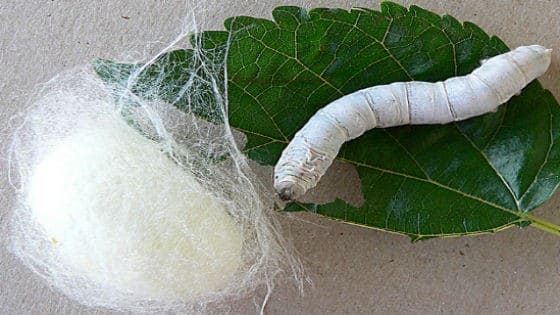
The best-known silk is obtained from the cocoons of silk moths reared in captivity (sericulture). Domestic silk moths are different from wild silk months and are totally dependent on humans. They are selectively bred, born blind and can’t even fly. Domestic silk moths have a lifespan of only 4 to 6 days during which they lay around 500 eggs. After the eggs hatch, the silkworms feed only on Mulberry leaves. They eat non-stop for 35 days straight and increase their weight over 10,000 (!) times. Production of 1 kg of silk requires 104 kg of mulberry leaves to be eaten by 3,000 silkworms.
After it’s fully grown, the silkworm will attach itself to a twig and begin spinning a cocoon. It secrets chemicals from its mouth that interact with air and solidify to form silk. They are super hardworking insects – every silkworm will spin 1,000 yards of silk fiber in just three days. Each cocoon is formed of a single long continuous thread. The cocoons are then put into hot water to loosen up the tight protective filaments that are 700 to 1,000 yards long. Later they are unraveled, wound onto a spool, spun into thread and the threads are woven into cloth.
Silk fiber is very durable. Items made of silk are often passed down from generation to generation. It is believed that the silk fiber is stronger than the steel fiber of the same diameter. Silk was first developed in ancient China. Chinese legend says that one day the Empress, while holding a cup of hot tea, went to investigate what was eating the leaves of mulberry trees in her garden. She discovered little white worms spinning shining cocoons. She accidentally dropped one cocoon into her tea cup, causing it to unravel into a delicate filament that was as long as her garden.
The earliest example of silk has been found in tombs and dates back 8,500 years. The Emperors of China tried to keep knowledge of sericulture (silk cultivation) secret to maintain the Chinese monopoly over China’s #1 export commodity. It might have been one of the most guarded trade secrets in history. Anyone found smuggling silkworm eggs, cocoons, or mulberry seeds was put to death. Despite these punishments sericulture slowly spread to Japan, Korea and India.
Silk’s authenticity is confirmed by the Burn Test. Take silk fiber and burn it with a flame. Genuine silk will burn to black ashes with the smell of burning hair. It will only burn while the flame is being applied and will stop burning when the flame is taken away. Man made materials, when burnt, will turn into a plastic ball, will smell of plastic, may drip, won’t produce ashes and may continue to burn even after the flame is removed.
Frequently Asked Questions
Why are your prices lower than the prices of most other companies offering similar products? Is there anything wrong with your products?
– We are a very small family owned home based business. We do not have the overhead expenses that big companies have. We do not have employees, we do not have an office and we do not own/rent a warehouse. We run this business from a private residence. We work directly with the manufacturers and do not use middlemen. Moreover, we operate at a low profit margin to make our products affordable for our budget conscious customers. To sum up, we sell high quality products using a business model that allows us to offer great prices.
Are your bedding products made from organic cotton?
– Some of our products are made using GOTS certified organic cotton and some are not. Organic cotton is significantly more expensive and is not freely available for purchase. It has to be special ordered. The manufacturers of organic fabric accept only large orders and the production takes a long time. Some of our customers prefer non-organic cotton because it is much cheaper. We are gradually transitioning to organic cotton but we will still carry some cheaper products made from a regular cotton to satisfy the needs of those customers that prefer lower priced items. We recently entered into a contract with the supplier of organic cotton and hope to offer more products produced from organic cotton.
How can you validate your claim that your products are filled with real wool or genuine silk and do not contain polyester or other non-organic fibers?
– Our pillows have zippers. Recently we designed the comforters with the zippers. You can take out the filling and inspect it. Visual inspection, mild wool odor and the burn test will confirm that we use genuine wool and silk. Our wool toppers are three dimensional and it’s hard to add zippers to them but the lack of chemical odor is a good indicator that the filling is natural wool. Polyester has a distinct plastic/chemical odor. Our product samples were sent to Woolmark company for testing and it concluded that they contained pure virgin (new/unused) wool. The Woolmark certificate is available upon request. More importantly, we are a legitimate business and we make accurate disclosures on our product labels in order to avoid penalties for false advertising.
What is the burn test?
– It is a simple and reliable way to identify wool or silk and rule out polyester. Wool or silk are fire resistant and it is hard to burn them. As soon as you remove the flame they will stop burning. Burning wool or silk will produce the smell of burning human hair and will form ashes. If you try to burn polyester it will keep burning after you remove the flame. Burning polyester smells of burning plastic. It melts and does not form ashes.
Is your wool organic?
– Our lambswool has not been certified as organic under the federal laws. It was tested for compliance with a higher international product safety standard – STANDARD 100 by OEKO-TEX. The organic wool designation is very limited. It extends only to livestock and does not assess the safety of processed wool. In order for the wool to be certified organic in the U.S, the USDA requires the applicant to prove that no synthetic hormones were used in the feed, no synthetic pesticides were used on the pastureland, the sheep were not subject to genetic engineering and were not treated with parasiticides. Organic wool can be unsafe for consumers because certified organic wool has to be processed to remove grease, dirt, vegetable matter, and the processing may involve the use of toxic chemicals. OEKO-TEX certification includes toxicology testing of processed wool. OEKO-TEX tests the wool for numerous harmful chemicals, including those that are not yet legally regulated. Moreover, the closer the skin comes into contact with the product, the stricter are the human-ecological requirements that need to be complied with. Bedding products come into direct contact with the skin and are subject to very stringent requirements. Our camel wool by definition is organic because camels live in deserts where no synthetic hormones or synthetic pesticides can be found.
Do your wool products contain fire retardant chemicals?
– Absolutely not. Wool is naturally fire resistant and there is no need to use fire retardants. The manufacturers of synthetic products are required by law to use fire retardants to make their products less flammable. There is no such requirement for the wool filled products. Wool is natural fire retardant.
What is the difference between camel wool and lambswool?
– Camel wool is more durable, stronger fiber than sheep/lamb wool. Mongolian Bactrian camels live in extreme weather conditions and their hair is stronger. Products filled with camel wool will last longer. Camels have two types of hair – long coarse hair on the back and neck, and very fine soft hair on the belly. We mainly use the fine soft wool. Camel hair is hollow and lighter than sheep wool. It is more “skin friendly” – light, very soft and warm.
Are your products made in the US?
– We import most of our products. It is more cost effective to organize the production overseas where the labor and the rent of the manufacturing facilities are cheaper. We are very involved in the manufacturing process. We travel to trade fairs, meet with potential suppliers, personally select the materials for our products, examine lab test reports, design the products based on customer wishes, write descriptions for product labels and have a very close relationship with our manufacturers. Our products are the result of successful international cooperation that combines quality and affordability.


 Pay in 4 lets you split your purchase into 4 interest-free payments. The first payment will be due at the time of purchase and 3 subsequent payments will be taken every 2 weeks thereafter. PayPal account that can be set up at the time you choose to pay with PayPal. Your item ships after you put down 25%.
Pay in 4 lets you split your purchase into 4 interest-free payments. The first payment will be due at the time of purchase and 3 subsequent payments will be taken every 2 weeks thereafter. PayPal account that can be set up at the time you choose to pay with PayPal. Your item ships after you put down 25%.